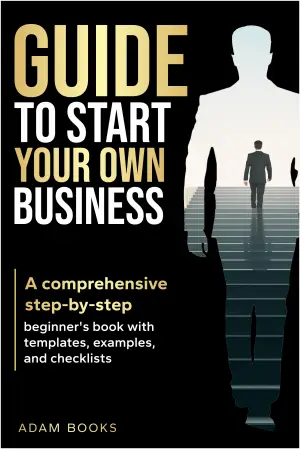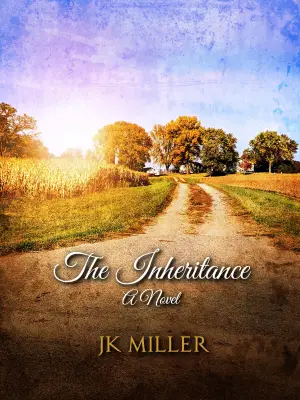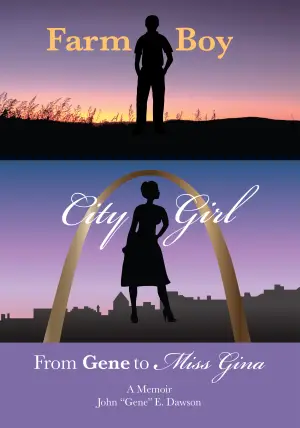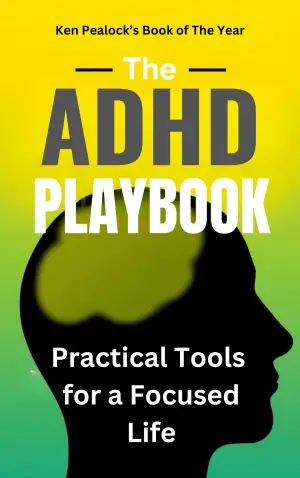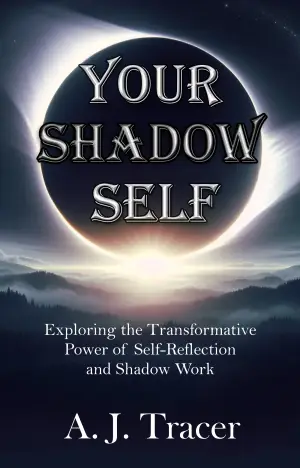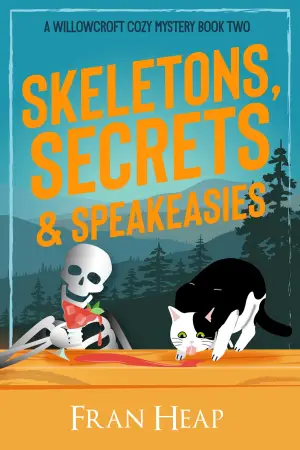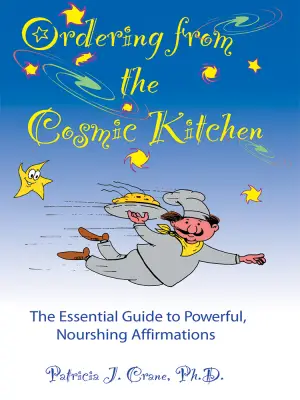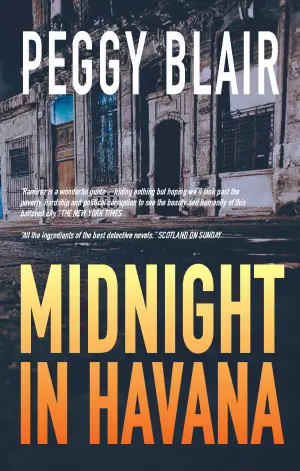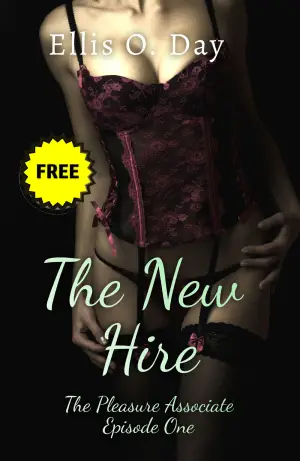Now You See Her: A Mixed Palette of Suspense and Romance
When I first cracked open Now You See Her, my excitement stemmed mostly from my admiration for Linda Howard’s prose. Having enjoyed her previous works, I was eager to dive into this tale of art, paranormal twists, and a touch of romance. However, while the novel delivered moments of intrigue, I found it fell short of my expectations in some crucial ways.
Set against the vibrant backdrop of New York City, the story unfolds through the eyes of Sweeney, a talented painter grappling with inexplicable paranormal episodes. The premise is compelling—imagine a gifted artist suddenly starting to draw crime scenes in her sleep. However, the initial sections of the book felt like I was trudging through a dense forest. The narrative was packed with information, making the plot feel almost overwhelming. I craved more space to breathe, to absorb Sweeney’s world and her unique perspective.
Sweeney is undeniably an intriguing character. She experiences a profound lack of affection in her childhood, leading her to retreat into a bubble of creativity and visual beauty. Yet as the narrative progresses, I was struck by the absence of emotional evolution. Instead of a comprehensive character arc, I noticed a stark contrast between her past and present—where was the development I longed to witness? The moments where she begins to see Richard, the gallery owner’s husband, beyond just a face were illuminating, but they also highlighted her limitations. The potential for depth was tantalizing, yet ultimately unfulfilled.
And then we have Richard, a man who seemed to embody every romantic trope—handsome, intelligent, protective—but he left me unsatisfied. His character felt more like a sketch than a complex figure; I wanted to delve deeper into his psyche, to understand his motivations and emotional landscape. His feelings for Sweeney seemed to materialize out of nowhere—one moment, he desires her, and in the blink of an eye, he loves her. This abrupt shift robbed the romance of its spark, leaving the narrative devoid of the tension and chemistry that makes such stories captivating.
Howard’s writing style is sharp, especially in addressing Sweeney’s character—a biting humor permeates the early chapters, which I found refreshing. Yet, as the pace of action gradually picks up, the rhythm remained unhurried and, at times, lethargic. I craved a swifter cadence to match the suspenseful themes interwoven with Sweeney’s life. While I appreciated some of the tantalizing imagery, I couldn’t shake off the feeling that the prose was a bit too dense at times.
Despite its flaws, Now You See Her offers a solid choice for readers seeking something light and entertaining. Perhaps it is a wonderful weekend escape—perfect for those moments when we simply need filler after finishing something weighty. For fans of romantic suspense who enjoy a touch of the paranormal, this book may still resonate, even if it doesn’t completely enthrall.
In the end, while my journey through this novel was a mixed bag, I respect Howard’s ability to craft an engaging narrative. I’m curious if others have experienced the same sense of yearning for deeper connections within the plot and characters. If you dive into Now You See Her, I’d love to hear your thoughts on Sweeney and Richard, and what you think is missing from their chemistry!

